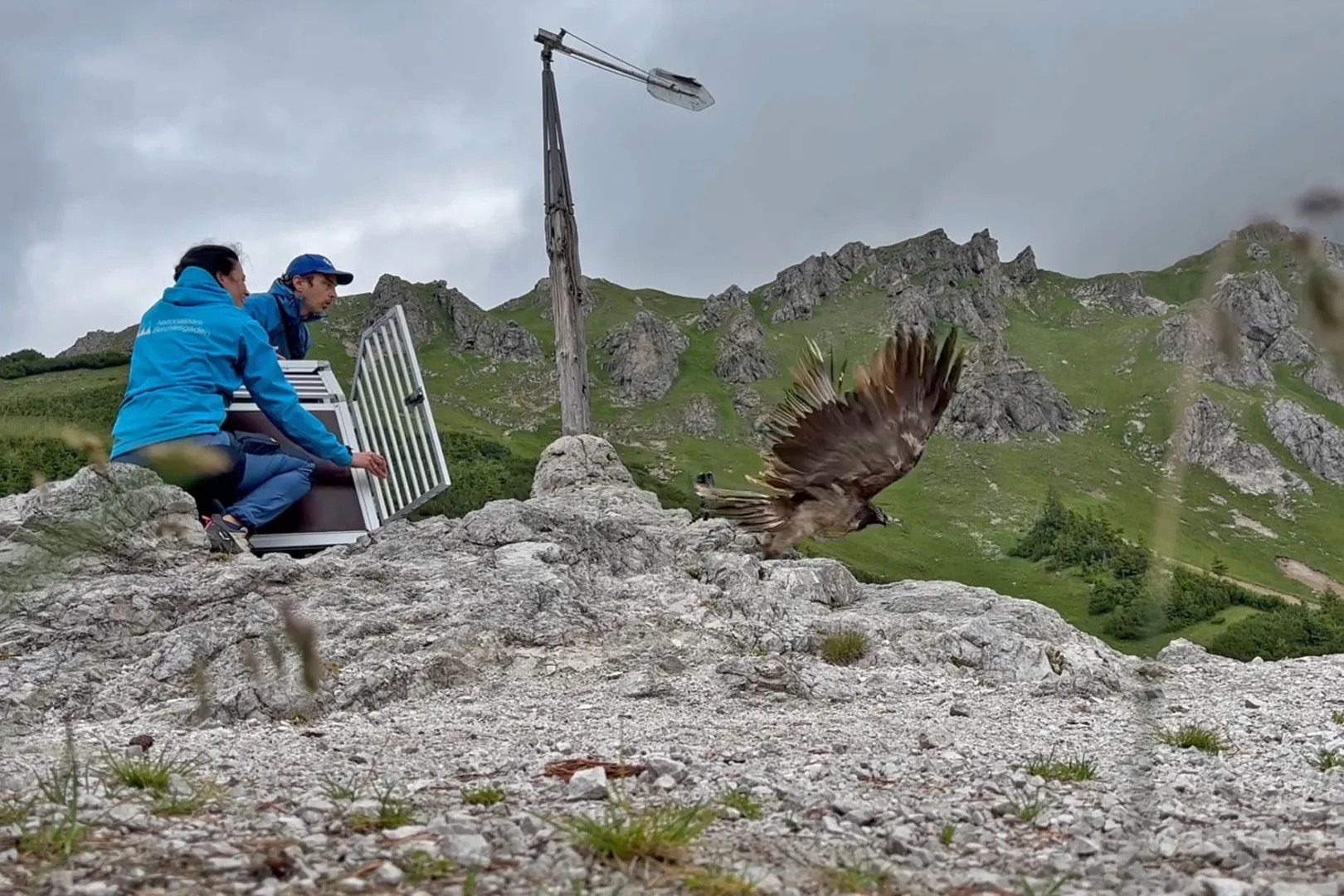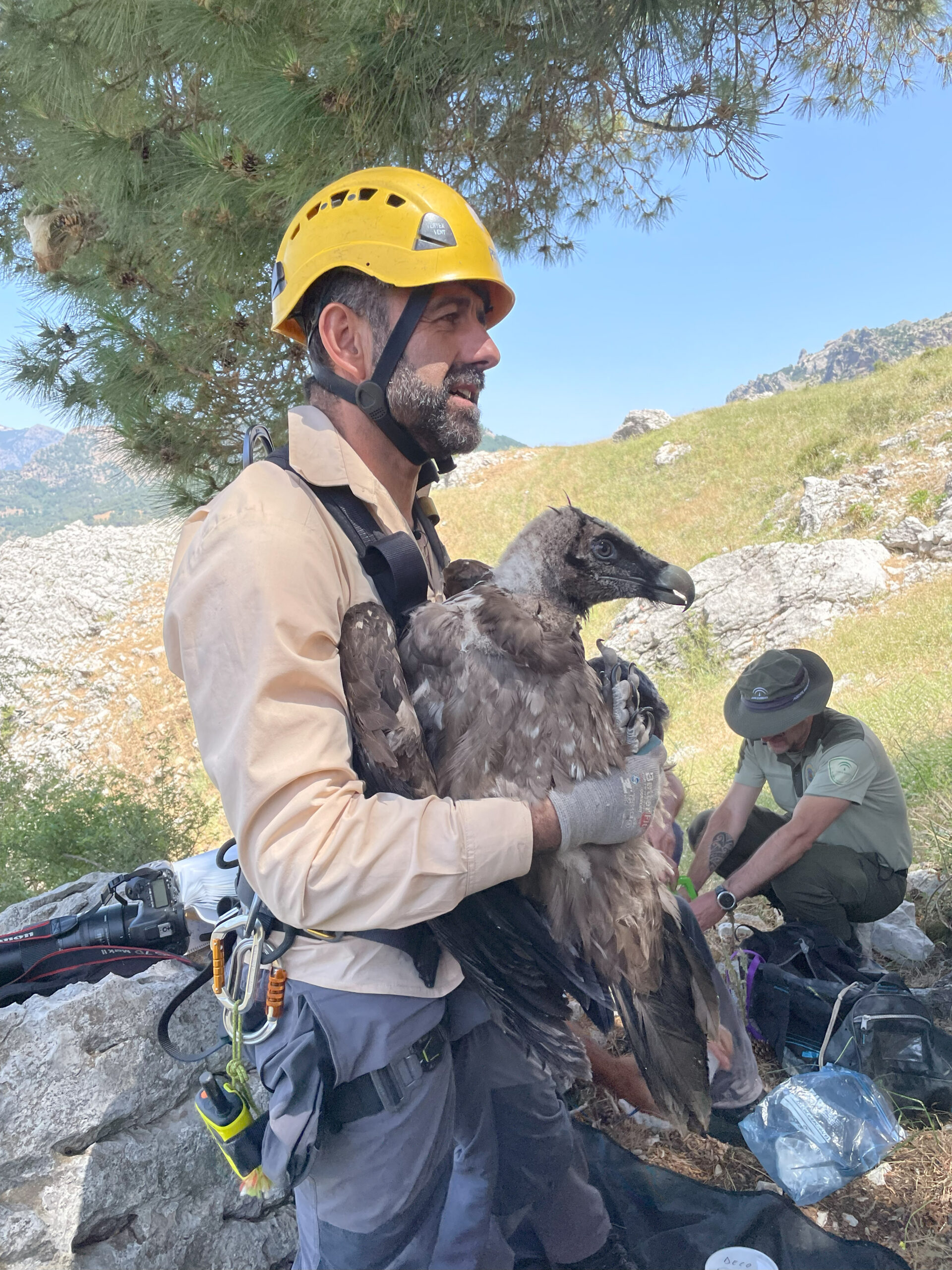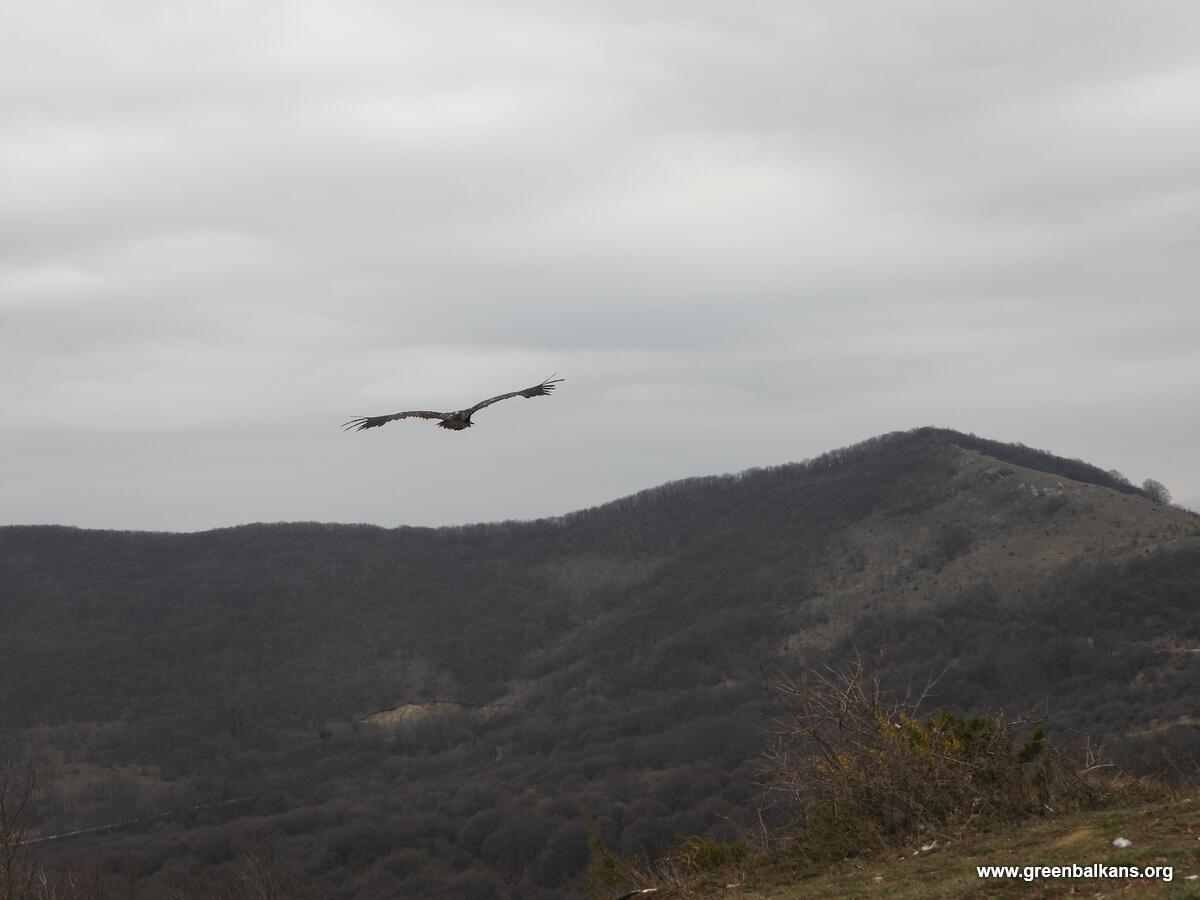From politics to memes and literature, vultures are all the rage – but could pop culture become a concern for their conservation?

Vultures in political discourse
Rui Rocha, a Member of Parliament and President of the Liberal Party in Portugal, recently joked on the social network X (formerly Twitter) that it is “hilarious to see radical vultures claim that their political vulturism is different from vulturism of the opposite sign“. He completed his analogy with an ornithological reference, listing the species of scavenging birds that can be seen in the country: “It’s as if the four species of vultures that exist in Portugal – Griffon Vulture, Bearded Vulture, Cinereous Vulture and Egyptian Vulture – were arguing amongst themselves about the size of their wings or the colour of their beaks.” A few days earlier, Rui Rocha associated vultures with political disorganisation, saying that vultures feed “on chaos and disorder“.


The association of necrophagy as political, financial or social opportunism is not recent, and of the various species of wildlife that feed opportunistically when a death occurs – which represents an unpredictable and momentary availability of resources – vultures seem to win the cup!
In 2016, during the restructuring of Banco Espírito Santo and the creation of Novo Banco in Portugal, there was much debate about the latter’s shareholders being associated with “vulture funds“, which could expose the bank to speculation in the financial sector. The vulture metaphor is also frequently used in the context of speculative practices in the real estate sector, where potential investors allegedly try to generate millionaire profits in a market in crisis and which generates despair among the general population.
Cultural representations of vultures
The personification of vultures as dark and morbid entities, with predatory and opportunistic motivations, is rooted in the Portuguese culture, and they are often associated with characters or environments described in music and literature. Take the vultures of premonition, by Salvador Sobral, who “between shadows return” with “the mist and the moon without asking for forgiveness”; the “vultures of god”, by Bizarra Locomotiva, “false prophets” and “cruel predators“, or the “false leaders who call themselves the masters of reason” described in “A nossa visão”, by Dealema.
In great literary works, such as Levantado do Chão, by José Saramago, or O Vento Assobiando nas Gruas, by Lídia Jorge, recently adapted for the cinema, vultures are often portrayed as vigilant beings, with a watchful and predatory eye on the less favoured, always in a context of oppression or moral degradation.
Vultures also appear in cartoons, memes and other popular expressions with pejorative intent. A recent and much talked about case was that of socialite Betty Grafstein who, in the context of alleged domestic violence, allegedly referred to her husband, José Castelo Branco, as “a vulture”.

The importance of vultures
While we can accept a certain creative artistic freedom associated with the universe of necrophagy, we must also be aware of the power of words and the distortion of concepts that popular appropriation can instil. Vultures provide extremely important ecosystem services, with positive impacts on the lives and health of all of us. Although their diet may seem unappealing, vultures play a crucial role in nature by recycling decaying meat, helping to clean up the environment and acting as the “clean-up crew” for ecosystems. Their positive impacts extend to reducing carbon emissions, which their efficient “cleaning system” guarantees us (compared to the artificial methods of collecting, transporting and incinerating livestock carcasses), and to saving money! The services provided by vultures, including spiritual and ecotourism services, add up to many millions of euros globally every year.
The association of vultures with feelings of falsehood and moral opportunism could not be further from the ecological reality of these birds. Throughout millennia of evolution, vultures have remained faithful to their ecological mission; they are neither liars nor deceivers or populists, like the party leaders or bankers targeted by allegories and political commentary. Despite all the bad press, they act in broad daylight and in the open, they teach the whole ecosystem that there is an urgent clean-up case to be dealt with, and they are extremely efficient at optimising and reusing the resources they wisely share with each other, and for the good of all the communities in which they find themselves – including the human ones. There is no chaos in this sharing of food; on the contrary, the sharing is organised, hierarchical, inclusive and progressive, adjusted to the characteristics, capacities and needs of the various species.
Towards positive communication and conservation
As part of the LIFE Aegypius Return project, the partners Palombar – Conservation of Nature and Rural Heritage, are carrying out a study on the opinion that livestock farmers have of vultures, analysing the complaints that have been formally lodged with the authorities and also scrutinising the type of communication that is made in the media about these important birds. The aim is to understand the extent to which myths and beliefs, most of which are unfounded, can be an obstacle to the conservation of these birds and, from there, to work on “positive communication” about vultures, through targeted training and environmental awareness actions. Perhaps the next cultural and political generation will be able to recognise this taxonomic group for its wisdom, capacity for renewal and generosity, like the goddess Nekhbet. And mention vultures for their efficiency, organisation and positive role in our planet!

About LIFE Aegypius Return

The LIFE Aegypius Return project is co-financed by the European Union’s LIFE programme. Its success depends on the involvement of all the relevant stakeholders, and the collaboration of the partners, the Vulture Conservation Foundation (VCF), the coordinating beneficiary, and the local partners Palombar – Conservação da Natureza e do Património Rural, Herdade da Contenda, Sociedade Portuguesa para o Estudo das Aves, Liga para a Protecção da Natureza, Associação Transumância e Natureza, Fundación Naturaleza y Hombre, Guarda Nacional Republicana e Associação Nacional de Proprietários Rurais Gestão Cinegética e Biodiversidade.




